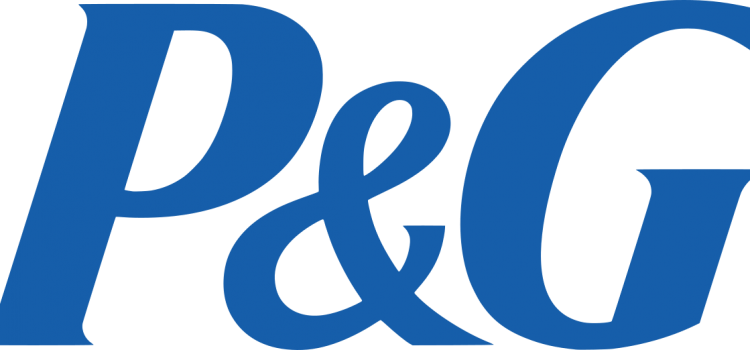

This article is an excerpt from the Shortform book guide to "Playing To Win" by AG Lafley. Shortform has the world's best summaries and analyses of books you should be reading.
Like this article? Sign up for a free trial here .
Why was the P&G/Gillette acquisition so successful? How did P&G add value to Gillette?
The P&G/Gillette acquisition was successful because of the synergy between the companies. Gillette had a reputable product with a strong brand that was growing faster than other alternative products in the market, while P&G had the marketing capital and distribution channels to expand Gillette’s market. P&G was able to add value to Gillette because its core capabilities were perfect for pushing the Gillette brand further in the market.
Read more about the lessons on synergy from the P&G/Gillette acquisition.
The P&G/Gillette Acquisition
Sometimes, when brands don’t have the proper capabilities to be successful, they think that the easiest way to add capability is to acquire another company. They notice other, acquirable companies that have capabilities they want, and they know that building capabilities in house is difficult.
Even though mergers between two big corporations are increasingly popular for this reason, most end up being unsuccessful—the profits of the two brands together aren’t as high as the profits that each one made before because they don’t work well together.
However, mergers can be successful. When considering mergers, P&G looks for four qualities:
- The acquisition is growing faster than the average company in its market.
- The acquisitions is structured to make profit—it has good margins that generate steady cash.
- The acquisition fits into larger company-wide strategies.
- P&G can add value to the company, using its significant capabilities to push the brand further.
In 2007, P&G decided that Gilette had all of these qualities, and it acquired the company, which was already large. But P&G was able to make it bigger and make the acquisition beneficial for all involved.
The P&G/Gillette acquisition was successful because P&G figured out arenas to play in and how to win in them. They focused on the Fusion razor launch, winning in the men’s shaving arena, and expanded their arenas to men’s general care (deodorant and shampoo), as well as women’s hair removal. Finally, they expanded to India. To deliver on these goals, they needed specific capabilities. They had researchers spend two weeks in India, engaging with consumers to find out what they wanted in a razor. In India, consumers often don’t shave with hot running water, so Gillette created a razor that could meet these challenges and deliver a good outcome.
P&G and Gillette reinforced each other. P&G used their company-wide capabilities to improve Gillette’s model and distribution, and Gillette helped P&G by using those capabilities to succeed. Some companies would not have had as much use for P&G’s capabilities, but Gillette did, and the P&G/Gillette acquisition worked.
Usually, in an acquisition environment, companies talk a lot about synergy between each other. What P&G realized was that strategy is much more important. If an acquisition can fit into their strategy, they’ll figure out how to create synergy.

———End of Preview———
Like what you just read? Read the rest of the world's best book summary and analysis of AG Lafley's "Playing To Win" at Shortform .
Here's what you'll find in our full Playing To Win summary :
- Why the cascade strategy will help you become victorious in your chosen field of play
- Why you should make every choice with the purpose of not just competing, but winning
- How to develop a system of decision-making for your company






